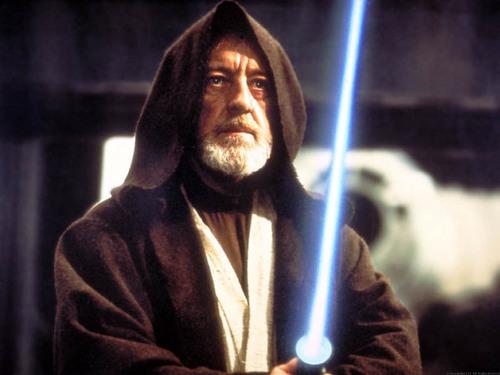If you want to create good 3D characters, you could start from an archetype or stock character and then add some unique touches and character traits that make them more 3D. You could also create characters that go against readers' expectations of stock characters or archetypes. For example, there is an orc in Beneath Nightmare Castle who does more than just scream and charge at you. There is also a character in Masks of Mayhem who is not as they appear at first, but I won't say any more.
Archetypes
 |
| A mentor archetype |
These are the definitions of archetype:
- - the book is a perfect archetype of the genre
- - the archetype of faith is Abraham
- - mythological archetypes of good and evil
 |
| The shadow archetype |
Every story tends to have archetypal characters, of which there are many. However, these characters are more than just recurring characters. They are universal representations of something deeper within us, such as our hopes, desires or fears. I remember writing stories as a youngster without any knowledge of archetypes but including archetypal characters within our book. We all know archetypes and we can all understand what they mean.
 |
| Another mentor archetype |
Any ancient myth is laden with archetypes. If you want a story that is basically just a lot of archetypes shoved together, read any culture's ancient myths. For example, Ashanti myths focus on Anasi, a trickster archetype. Greek myths and plays are full of archetypes and many myths have similar themes.
 |
| Merzei: 'Down with the tyrant! Up with the council!' |
If you create a story full of archetypes then you will create a great story that everyone can relate to. So why shouldn't we overuse them? Stories with archetypes will just end up being the same stories. For example, the story of an ordinary person who is pulled out of their humdrum life by an old guide to go on a long quest to save everyone from a dark lord could fit both Star Wars and Lord of the Rings, two archetype heavy stories.
However, archetypes are incredably useful as readers will immediately connect with them. They are good to draw the player in and to quickly set the tone of the scene. You can also put a twist or unique features on some archetypes so not every wise old wizard is a Gandalf clone. You can also give them some lines and actions to allow them to show the player that they are individuals. Yaztromo is a mentor archetype, but he is a grumpy one who has a crow for a friend and has decided to live near a dangerous forest. As long as they are given a chance to become more than two dimensional, they will enrich the gamebook.
Gamebook archetypes: YOU! (the hero), Yaztromo (the mentor), Merzei (the visionary), Janus Gaunt (the philosopher), The Riddling Reaver (the trickster).
Stock characters
The definition of a stock character is:
- A stock character is a fictional character based on a common literary or social stereotype. Stock characters rely heavily on cultural types or names for their personality, manner of speech, and other characteristics. ...
- (stock characters) Established characters, such as young lovers, neighborhood busybodies, sneaky villains, and overprotective fathers, who are immediately recognizable by an audience.
 |
| At least they have a knight to clarify matters. |
The great thing about stock characters is that they are instantly recognisable and they can help set the scene. Want to show your player that you're in a rural village? Have a straw chewing farmer lead a cow through the square saying 'ooarr' or maybe a group of filth covered stupid peasants who grab torches and pitchforks every time someone says the word 'witch!'
The downside of stock characters is that they are one dimensional and if you stock a gamebook full of them, then your player will not have a particularly variety filled adventure. Everything will become boringly predictable and stereotyped.
You can make a stock character interesting by giving them some unique features or by playing them against type (a well dressed farmer who doesn't like getting money or a smart peasant who runs the village for example)
 |
| Why have sanctuary when you can have a mad robot? |
There are many stock characters for all genres. Here is a list of scifi stock characters and stock characters from TVTropes. There is a great list of sterotypes from many genres here including a list of fantasy stereotypes.
Gamebook stock characters: Violent orcs, evil wizards, good wizards, mad robots, evil demons, raging barbarians, honourable knights, gruff innkepers, scurvy pirates, superintelligent aliens, benevolent aliens, homocidal aliens, ninjas, zombie hordes, peasant mobs and many more...
No comments:
Post a Comment